Roundtable: New care models give the NHS forward momentum
At the second of three roundtables HSJ Top Chief Executives and experts wrestled over how the NHS should react to the forward view’s new models of integrated care. By Alison Moore
The NHS Five Year Forward View presents a view of the future in which many NHS organisations would work in a different way, even if they retained the same organisational form. Key to this is providing care that feels more integrated to the patient.
For some – those in the vanguard programmes – this is rapidly becoming a reality. Others are looking to quickly follow them while some are hanging back, either because the capacity to change is hard to find or because they want to see how these models develop before committing themselves.

An HSJ roundtable, linked to our top 50 chief executives list which was published earlier this year (hsj.co.uk/top-chief-execs), tried to tease out some of the challenges facing organisations as they seek to react to the forward view. Among the participants were some involved in vanguard work but also those trying to reshape services in their locality in other ways.
Despite the many obstacles to overcome, there was great enthusiasm for the opportunities the forward view offers to improve services for patients.
Roundtable participants:
Different options
HSJ senior correspondent David Williams opened the debate by asking whether panellists saw the vision laid out in the forward view as setting the only route to integrated care or whether there were other options that some areas might adopt.
South Warwickshire Foundation Trust, while not in a vanguard, provides community and acute services and is talking to GPs about how care can be integrated further. One possibility is a joint venture which preserves the integrity of GP practices.
“There is enough flexibility in the [forward view] models to develop variations on the theme,” said chief executive Glen Burley. “But we do need more clarity on social care integration and around means testing.”
‘There is enough flexibility to develop variations’
Jamie Cuffe, a partner with Capsticks, suggested that together the forward view and the Dalton review of hospital organisations effectively set “best practice” for organisations considering change. The forward view was about putting the patient at the centre of the picture, he added.
Nicola Walsh, assistant director of leadership for the King’s Fund, said that the language used needed to reflect this and shift away from the institutional. There were other examples of models already in existence such as the integration pioneers which had been operating for a couple of years, she added.
From an NHS England perspective, national multispecialty community provider lead Louise Watson said she had seen a variety of different models coming through. “I do think [the forward view] will support acceleration but that does not mean that development won’t occur outside it,” she said.
The forward view is ultimately about models of care, not organisational form, pointed out Tracy Taylor, chief executive of Birmingham Community Healthcare Trust. She, too, expects different models to emerge.
The forward view should be thought of as a journey, said Johnny Marshall, director of policy for NHS Confederation. “If we think it is the end game then we will fall short,” he said.
Of local issues
Some panellists admitted they were finding it hard to move forward. Andy Hardy, chief executive of University Hospitals Coventry and Warwickshire Trust, saw the forward view as giving “permission” to find local solutions, but added: “We are not making much progress locally…the picture is not where I want it to be.”
He said politics – both local and national – played a part in this. Even with a majority government, there were people who did not appreciate the changes that needed to be made.
‘Politics played a part’
Michael Younger, head of healthcare for Penna, also mentioned politics as being a key determiner. He said: “In the context of a five year term of Parliament we need to make progress in the next couple of years.” He warned that the benefits from some of these changes could take some time to emerge.
Different ways of working are emerging in Staffordshire, where the hospital trust is working with clinical commissioning groups on integrated projects such as looking after patients in the community.
“The overwhelming issue for my system relates to urgent and emergency care,” said Mark Hackett, chief executive of University Hospitals of North Midlands Trust, the main acute trust serving the county. This might need incentives to be aligned between the different parts of the system but there is a need for one organisation to take greater responsibility for the system-wide provision, he said.
James Scott, chief executive of Royal United Hospitals Bath FT, said the local context was hugely important in determining the way ahead. His trust worked with different partners covering different areas which meant solutions had to be tailored for each one.
A practical issue he and several other panelists raised was how competition and tendering fitted in when health economies were trying to change the way they cooperated and delivered services. Was competition an enabler or did it get in the way?
Mr Hardy said that specifications for tenders were often not well thought through, yet then became the template for what was delivered: “If you tender something you get what you tender for.”
Another issue was that tendering took a long time, Mr Hackett said, and could mean that providers did not innovate around service provision during that period. He said what was needed was partnerships between organisations which had the capacity and capability to carry out the required clinical work.
As an example, he said his trust had managed to integrate some work with Royal Wolverhampton Hospitals Trust within a few months, not through procurement but through clinically led change and innovation. There was “bags of innovation” around, he suggested.
Mr Scott said approaches to procurement could depend on the CCG involved and the legal advice it received. He felt more guidance was needed: “There is a lack of clarity around the policy and trying to create whatever form of vanguard model you want.”
Dr Marshall added that CCGs needed to work out whether or not any procurement process channelled the ambitions of people to deliver better care.
Ms Watson said NHS England was trying to give people more understanding around procurement. “It is not always the rules and regulations that get in the way,” she said. “There is a whole mish-mash around relationships as well.”
However, Mr Cuffe said that there was a distinction between process and principle in tendering. “A lot of the examples are badly run procurements,” he said.
“Sometimes that procurement process, if done properly, helps to deliver a spec that works.”
‘What are the benefits for the local population?’
Commissioners needed to apply a key test of whether what was being proposed ultimately benefitted the local population – for example, balancing providers entering the market against the potential negative impact on innovation. “So it needs to start from the question ‘what are the benefits I am going to deliver for the local population’,” he said.
Mr Burley called for longer contracts, saying his trust had taken over community services on a three year contract in 2011. This meant it needed an exit plan in place within a couple of years and to then bid to retain the services. In effect, only two years out of five were free from thinking about the contract.
“Three year contracts don’t work,” he said. “They need to be much longer.”
Despite these concerns, panellists felt that there were great opportunities to reshape services to better meet the needs and preferences of patients. A focus on prevention could offer a way of reducing pressure on acute services, for example.
Dr Marshall said: “Fundamentally it needs to be as important for a stroke consultant that we are treating patients in general practice and stopping them having a stroke than as getting them thrombolysis when they have one.”
Sharon Lamb on customised solutions
What lies at the heart of successful transformation and integration of services?
This HSJ roundtable discussion explored the features of successful change programmes.
There was clear support for the importance of clinical leadership and local solutions developed to meet the needs of local patients - and, while the importance of central support and leadership was acknowledged, the discussion was clear that rather than this being a central “one size fits all” system, this central leadership should focus on “granting permission” to local health economies to find their own solutions.
This can be a delicate balance. While local clinical leaders in some health economies will find the space and energy to develop their own solutions, in many areas, financial pressure and time constraints may cause transformation projects to flounder.
There was consensus that one solution would be shared accountability, so that the responsibility for leading change does not rest with one individual at one commissioning organisation alone.
Instead, teams at both providers and commissioners should share accountability for delivering change. In this way, shared accountability would lead to shared responsibility for delivering change. This type of change would need maturity of relationships between stakeholders – in areas where there are long standing diverging views or factions, these competing interests must be set aside.
This can be easier said than done but there was unanimity that stakeholders and politicians must acknowledge their shared interest in ensuring that systems are built around the interests of patients and not the interests of organisations.
At the same time, some practical concerns remained: data, information and IT sharing, and “change fatigue” are real, day to day impediments to change.
There was also concern about poor procuring practices and about procurement and competition law being a barrier to change.
This seems to reflect a blunt procurement technique.
The law and guidance for NHS procurement is clear – the objectives are to secure improved services and outcomes for patients as well as value for money solutions, and there is no mandated requirement for a tendering process.
The debate was energetic and engaged. Despite the challenges, there was shared enthusiasm about the opportunities for change and the ability to drive innovation.
Capsticks Solicitors LLP have been pleased to participate and support the HSJ with this top 50 chief executives programme and series of discussions.
Capsticks Solicitors LLP have been pleased to participate and support the HSJ with this top 50 chief executives programme and series of discussions.
Sharon Lamb is a partner at Capsticks
Patient perspectives
Rakesh Marwaha, chief officer of Erewash CCG, which is involved in a vanguard, said patients might often be dealing with many different healthcare professionals, all of whom had views on what was needed for them. However, patients might have a different perspective about what was important to them.
They might want to be well or mobile enough to go to the shops or place of worship, or carers might value respite care which allowed them to get out to meet people.
His CCG sees becoming an accountable care organisation as one option for its future form but he identified relationships, system leadership and payment systems as hurdles to moving forward. “The biggest issue is trust,” he said.
“If you don’t have trust then the first area of failure [you encounter] will be where it falls down. We have built trust by doing one thing and seeing if it works. Then
we do the next thing.”
we do the next thing.”
However, the challenge now was to take this forward to transformation, he said.
Ms Taylor and many others highlighted issues around time pressure and the difficulties of working in a health system which was not aligned or designed to deal with integrated approaches. There is a need for “air cover” to allow time to think about how to deliver out of hospital care until the MCPs had started to deliver, she said.
Mr Hardy added: “When we have different incentives and different forms of management around different parts of the economy, that is where the problem is. People have all the right intentions but the problem is the alignment of performance management.”
‘Relationships and transformation needed time to develop’
In highly successful integrated systems abroad, it could take several years before progress was seen, pointed out Mr Hackett, who said that relationships and transformation needed time to develop. There were also issues around whether regulation was fit for purpose in looking at integrated systems and questions of who was responsible for delivering in an integrated system, he added.
“There’s a sense that it will take time to redesign an urgent and emergency care system,” added Mr Scott. “Whatever model we choose we need some space to enable us to do it.”
He pointed to the challenge of trying to do bottom-up redesign while also having Monitor keeping a close eye on current delivery, and deal with the pressures of meeting the four hour accident and emergency target.
Mr Hackett said there was a need to look at capitated budgets around urgent and emergency care. In his area, there were 1,100 people who were admitted more than three times a year.
Between them, they occupied around 200 beds. One person had been admitted 29 times and spent a total of 172 days in hospital.
“When you look at what that person’s needs are, there is a whole bag of things,” he said. It might be cheaper to address these in different ways rather than admitting them to an acute bed.
“What we need is transformation indicators like how many times we re-admit, Mr Hackett said. “We need to pay and resource people to do those new tasks.
Paying GPs for admitting patients less, appropriately and we may also need to incentivise consultants.”
But he added that systems needed to be built around the patient and have performance indicators to ensure money was not thrown away. In his patch there was already progress around different payment models for long term conditions. He planned to move to a capitation model of payment.
“Don’t waste a good crisis,” he joked. “It is whether any of us will be there at the end of the crisis that is key.”
Range of incentives
Dr Marshall said the right range of incentives needed to be developed to support new models of care. “If you want to herd cats you move the food,” he said. But Dr Marshall highlighted the importance of social care, rather than healthcare, in offering the way forward for some patients. “It may be worth spending more money on social care from your health budget because it brings better outcomes.”
‘If you want to herd cats you move the food’
The suggestion was backed by Mr Hardy who said he would put money into social care in his area as there were a lot of people getting sub-optimal care
because of cuts. This could ultimately affect demand for health services.
because of cuts. This could ultimately affect demand for health services.
But if new models of care are emerging, who should be in charge of them? Ms Taylor questioned why acute trusts seemed to feel they should be in charge. “It is about system leadership and that is not about having one person or organisation in charge,” she said.
Seventy per cent of work was done in general practice or the community, and this was not going to go away. “If we carry on looking at just the 30 per cent [in the acute sector] we are not going to get anywhere,” she said.
She added that while system leadership was much talked about, there was still pressure to hold one person responsible for problems. This could make it harder for leaders to share responsibility and instead make then concentrate on what they would be held accountable for.
Mr Burley added: “I don’t think the acutes need to be in charge but in some systems that is where the natural leadership lies.” His joint venture project was a means of ensuring there is alignment and rules around risks and gains.
Ms Watson stressed: “The whole point of what we are doing with the vanguards is iterative. We are hoping that learning will be fast and gets out – not all at the end.”
Ms Walsh pointed out behavioural change and clinical leadership have been shown internationally to be important. “How do we work with individual clinicians?
“There is a lot of change fatigue, and lots of concerns about individual jobs.”
‘It was important to liberate clinicians’
A number of people pointed out the added difficulties of working with GPs when they were under pressure and it was difficult to recruit. Mr Hackett said it was important to liberate clinicians and give them time, as well as working with bodies such as clinical senates.
Case management could help with patients who were high users of emergency care: if his physicians shared the 1,100 high users in his area among them, it would only amount to eight or so patients each to manage in this way.
Local councils also needed to be engaged suggested Ms Walsh, and, if new models of care, were to be introduced everyone needed to have a better understanding of what they would achieve.
Finally, the panellists reflected on the year ahead. Two key points came out: the window of opportunity to make radical changes will shut within two years and there is a need to start making a difference, they agreed.
At the same time, progress relied on getting clinical support for change and engagement.
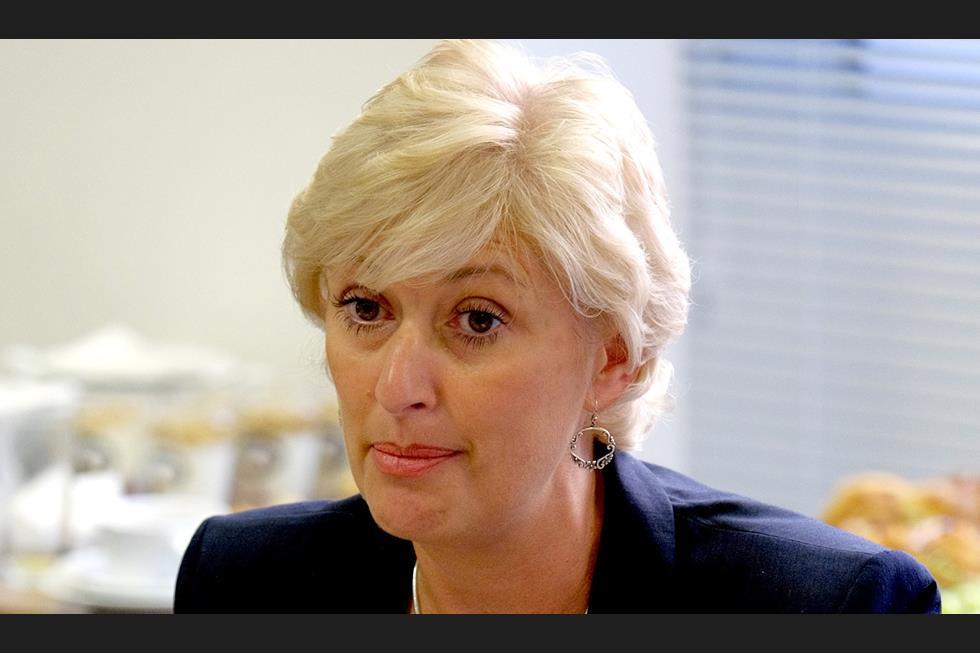
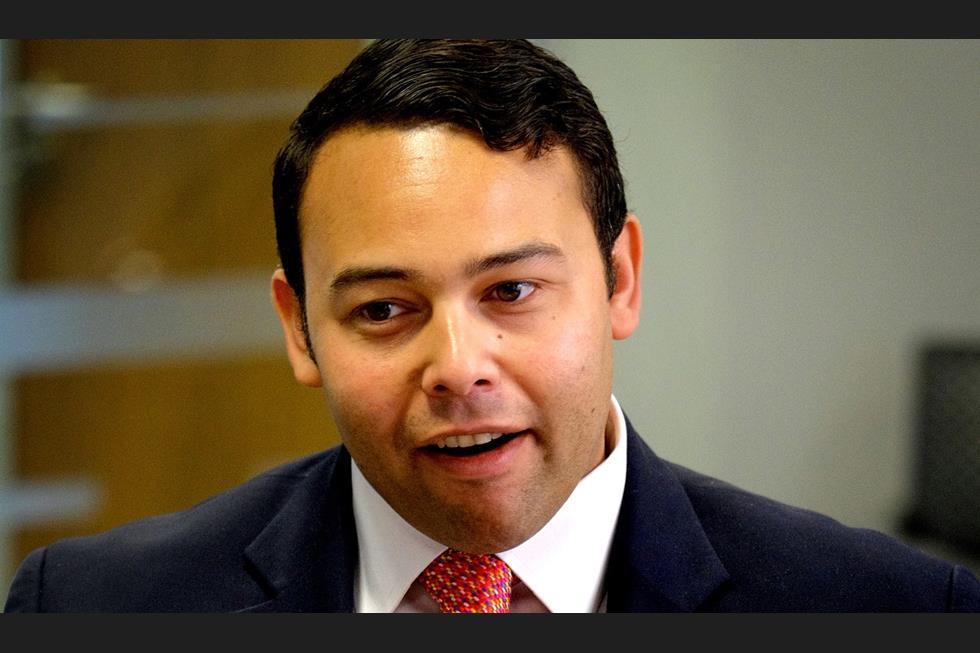
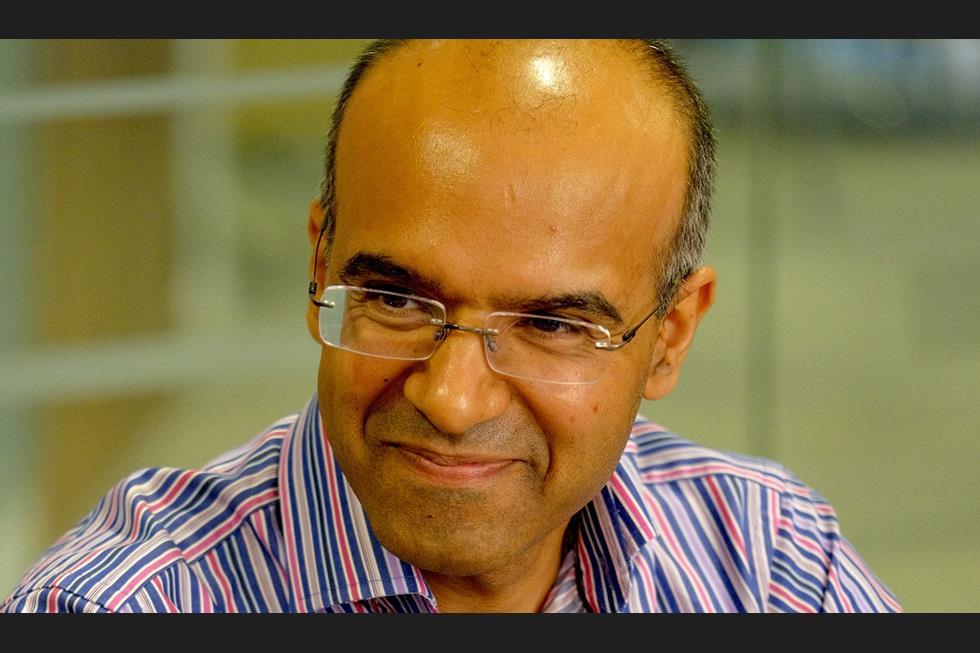
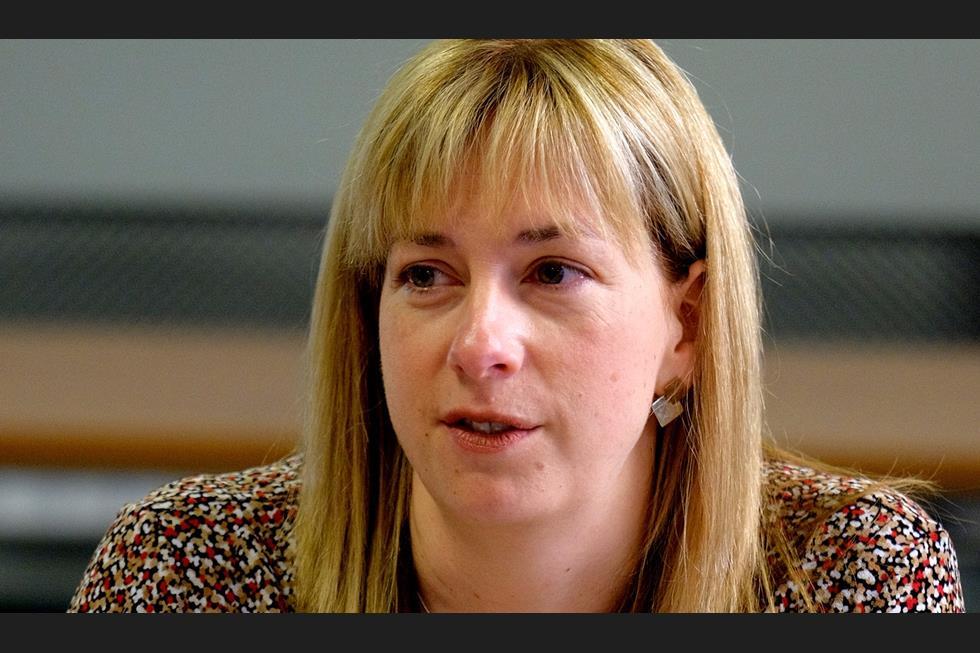
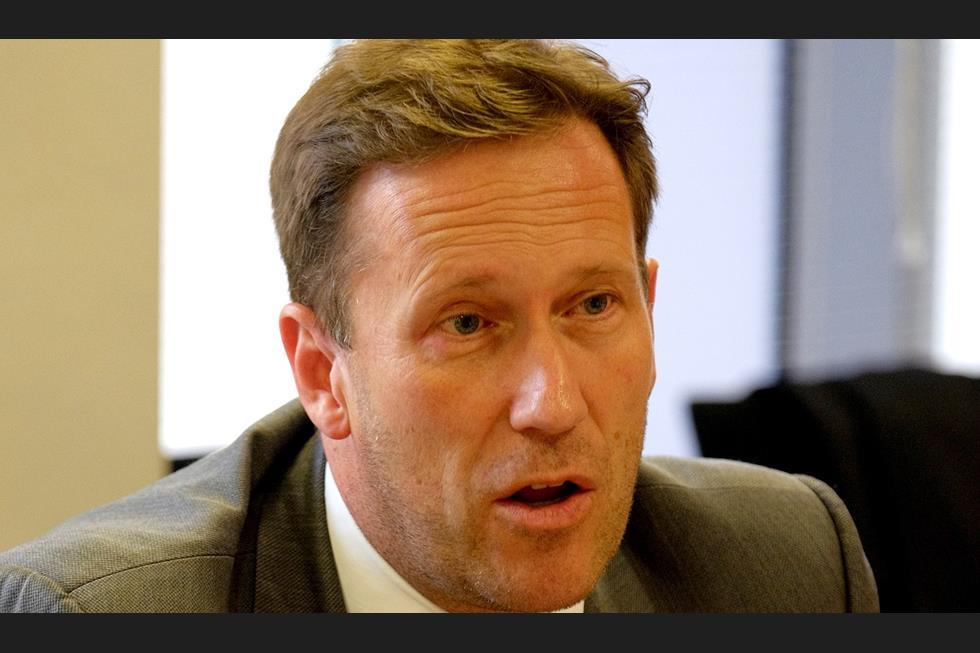
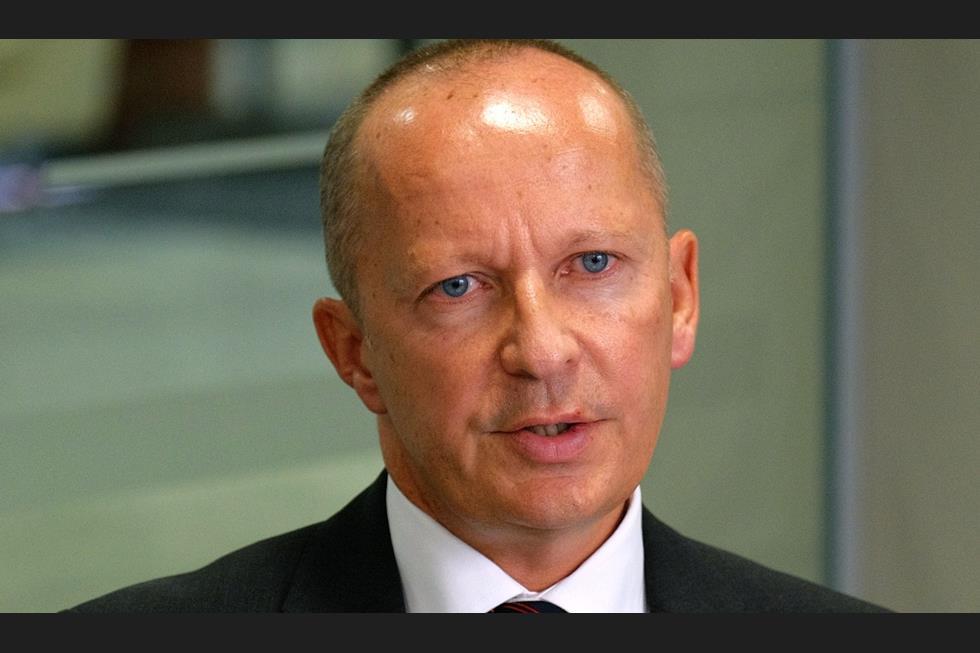
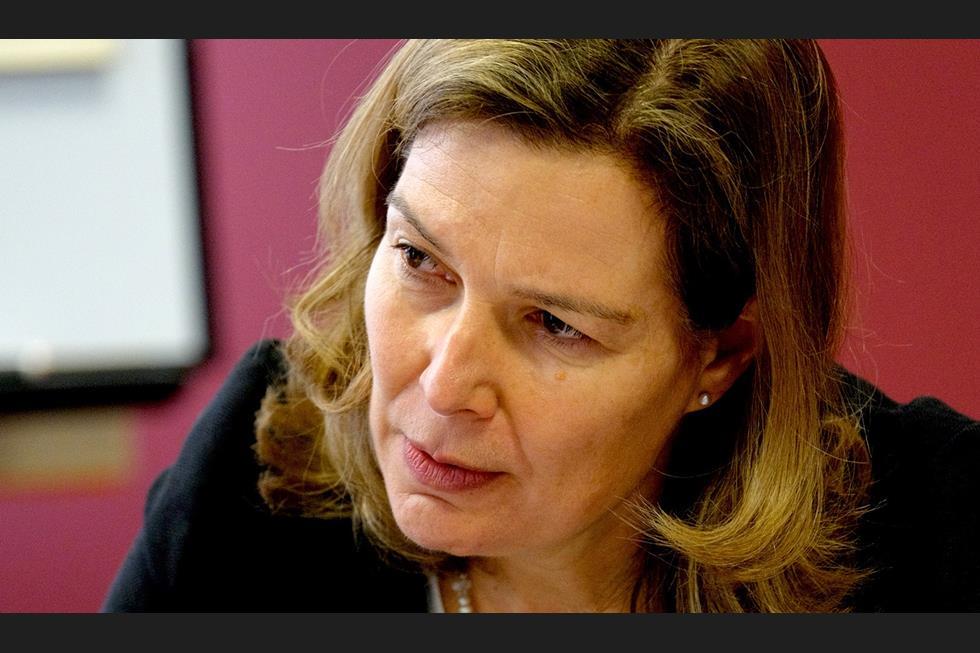
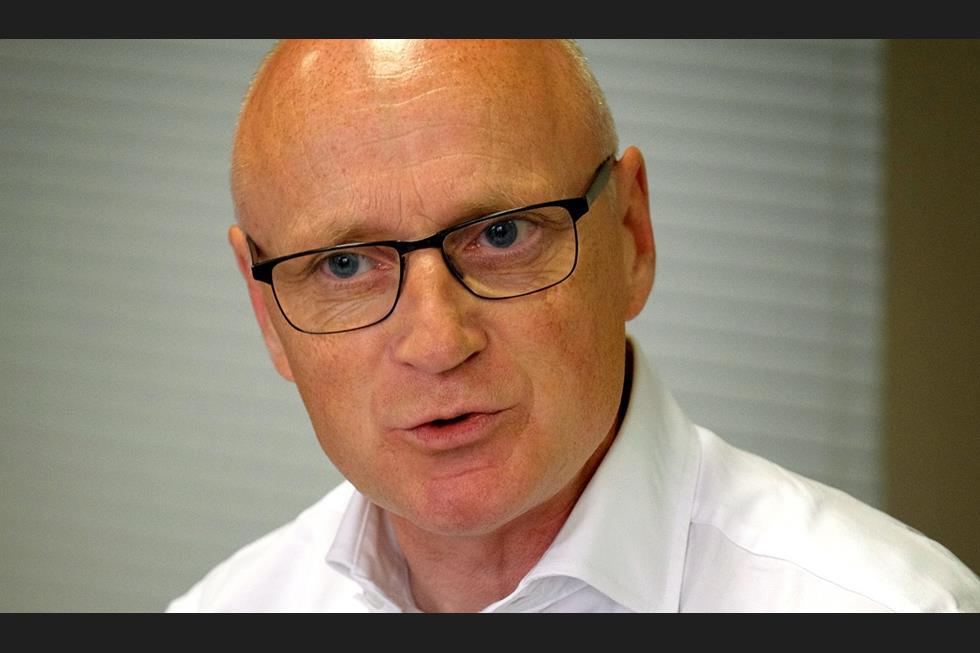
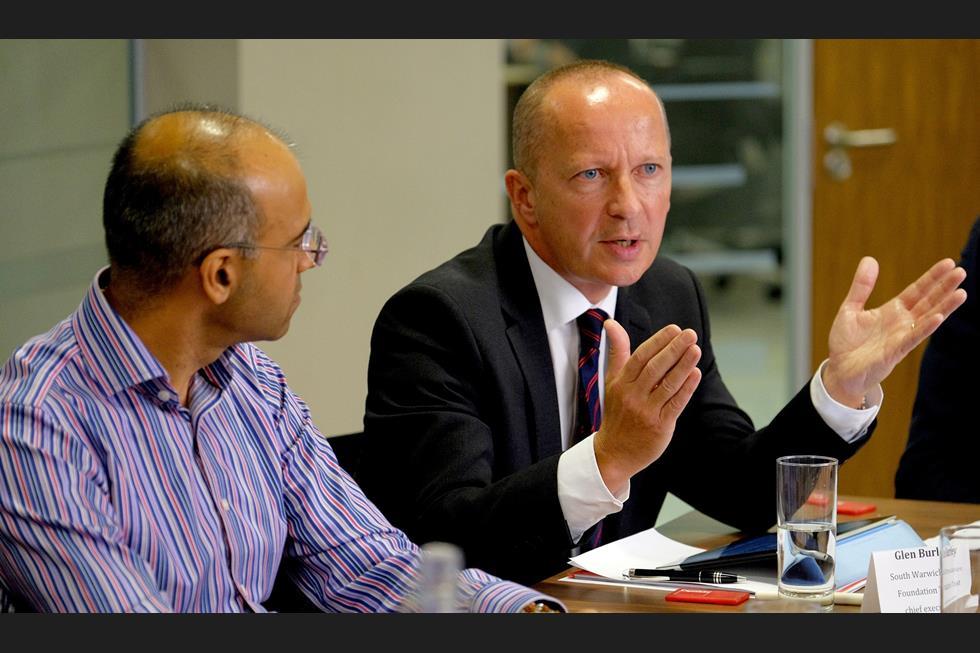
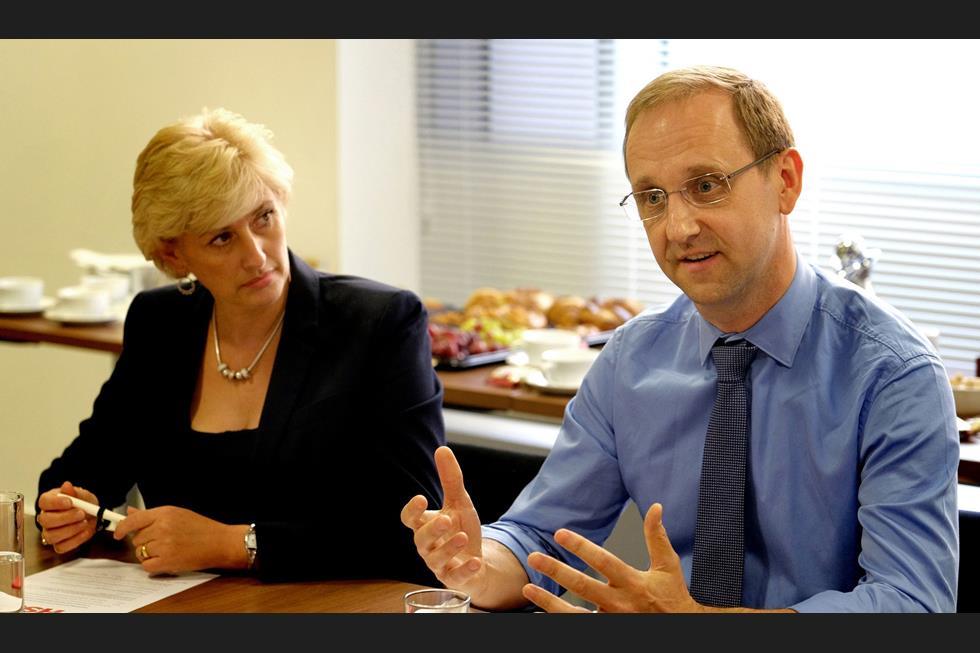
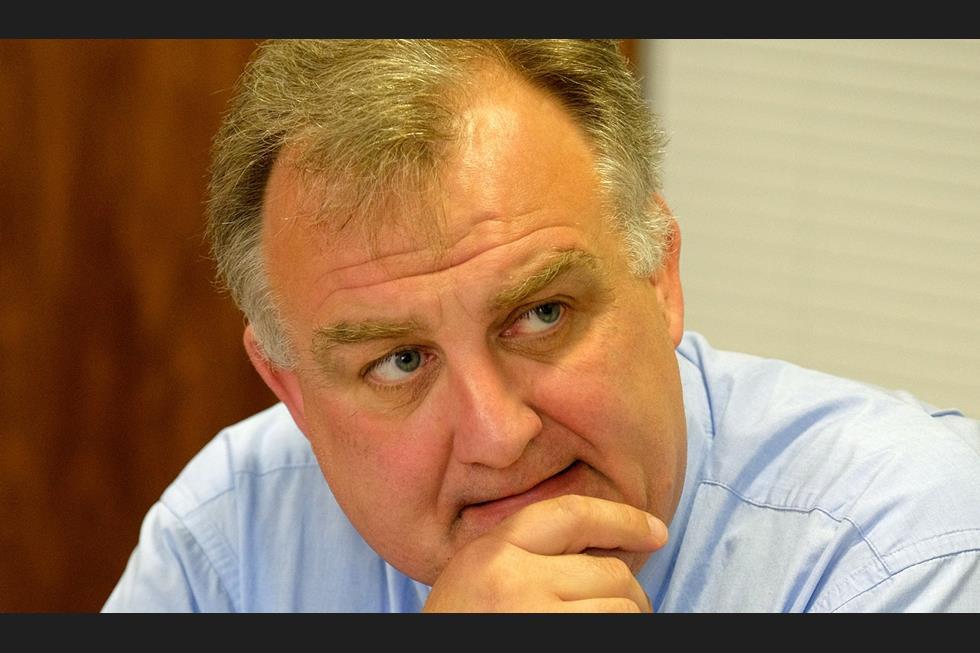
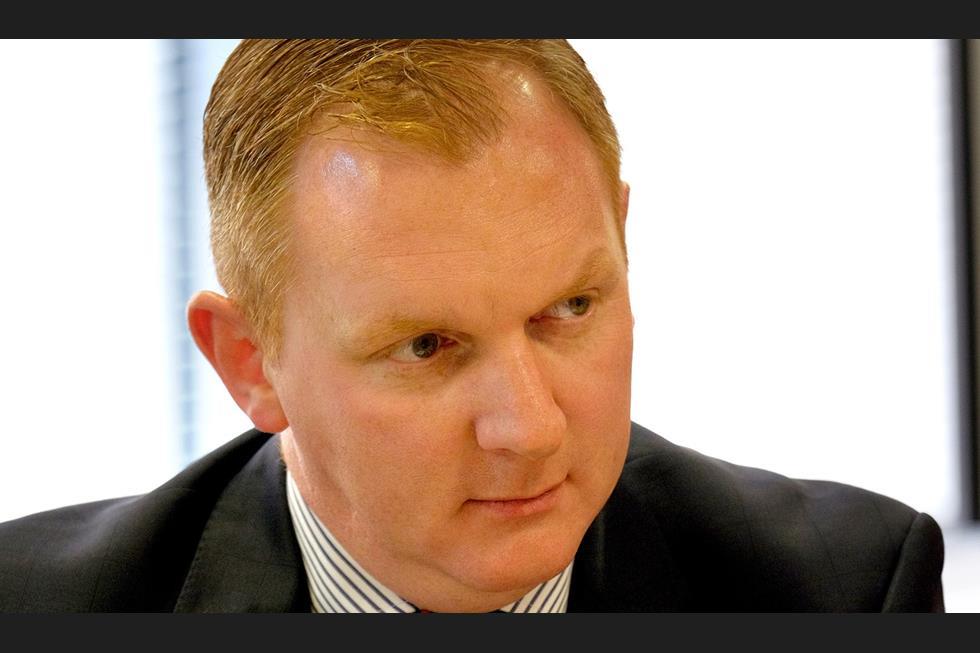
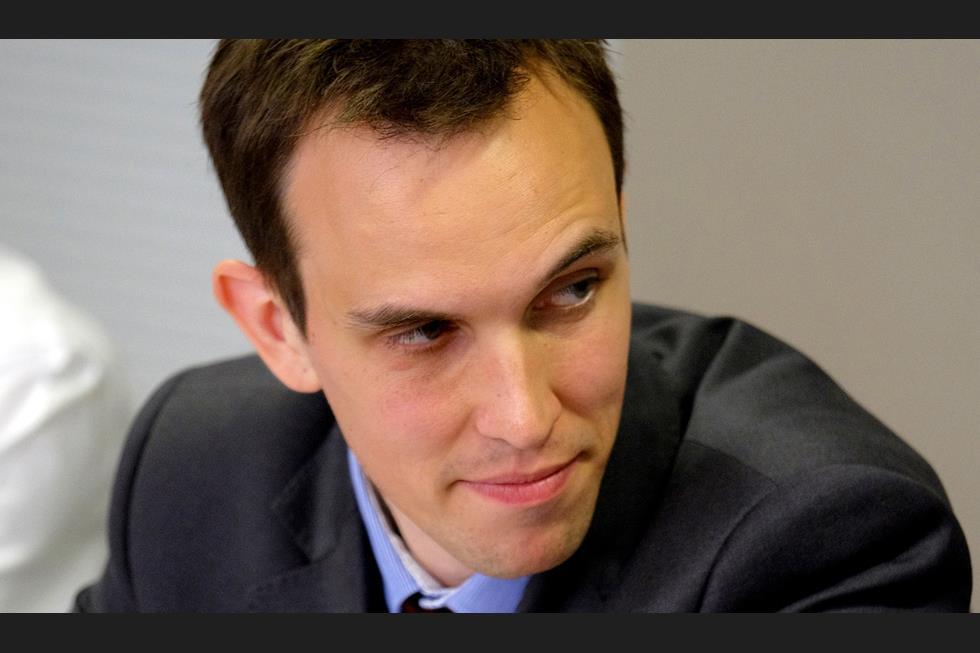
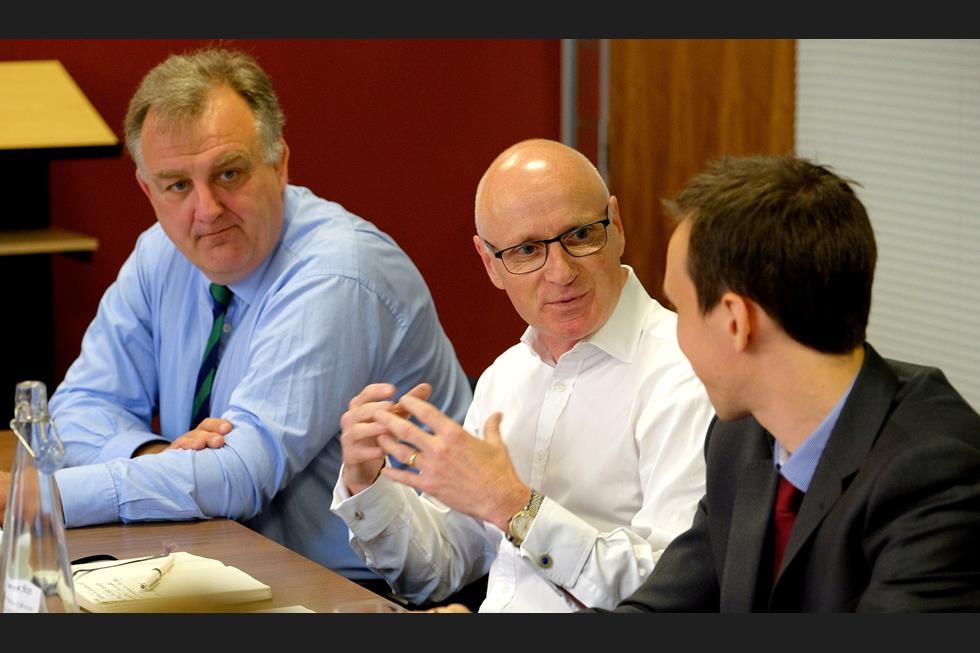
No comments:
Post a Comment